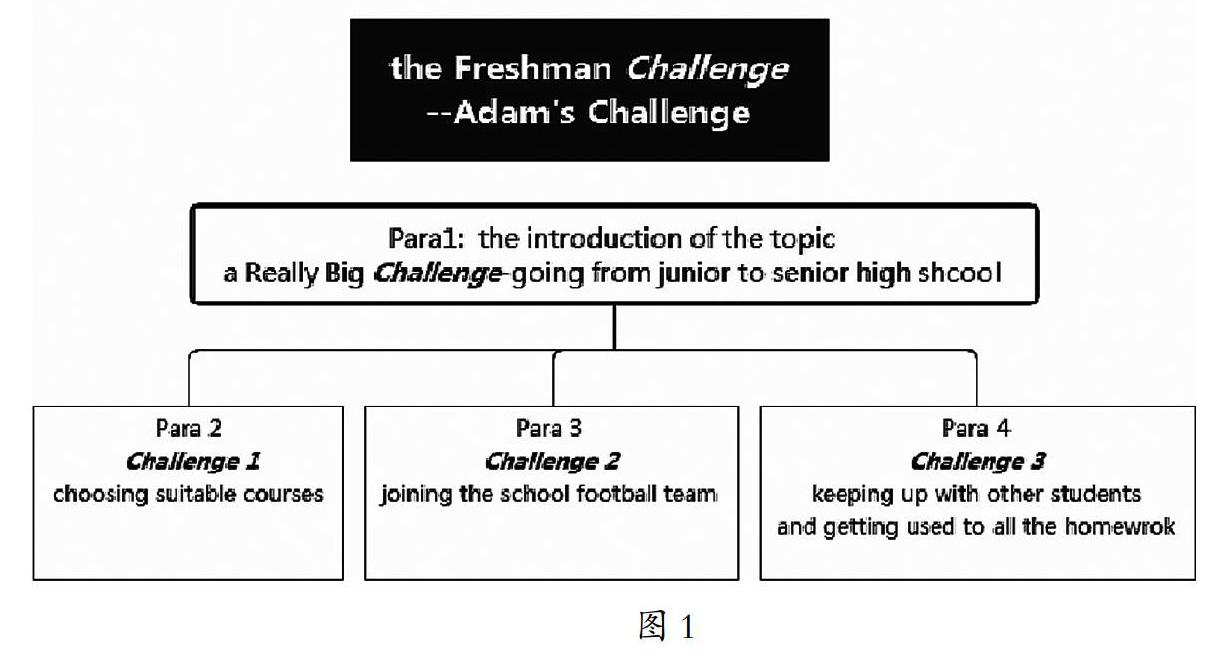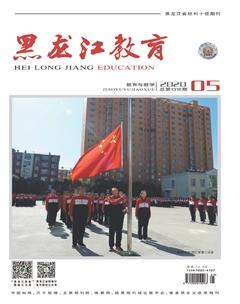Unit 6 Shopping Read and write教學設計與評析
趙婧 馬英春



教學內容:PEP英語四年級下冊Unit6 Shopping
教材分析:
【What】本部分語篇是一則促銷廣告。主題為向顧客推銷特價商品。在文本中,作者羅列了主推的商品——眼鏡、手套,以及其他商品:圍巾、雨傘等。同時,內容也涉及到商品折后價格、顏色和質量等特性的介紹。
【Why】文本以促銷廣告的形式,告知顧客服裝店的營銷活動,以便于能夠更加吸引顧客的注意,幫助服裝店賣出更多的商品;使學生逐步建立理性消費的意識。
【How】語篇段落為并列結構,共40詞。通過圖文結合的方式,幫助學生理解文本內容。語言簡短有力,讀者一目了然,主題清晰明確,整體層次分明:羅列促銷商品——強調商品價格——形容商品特性——號召性語言。文本采用第一人稱和第二人稱的形式展開,拉近了銷售者和顧客的距離。
學情分析:
學生在第五單元已經接觸了服裝類話題,并且因為和日常生活緊密相關,學生比較感興趣。但是因為四年級學生社會經驗比較少,還沒有形成正確的消費觀念,所以應該正確引導。
經過一年的訓練,學生已經基本具備閱讀獲取細節信息,篩選信息的閱讀能力。本課時學生已具有的語言基礎:在聽說層面上掌握了單詞sunglasses, gloves, cheap, scarf, umbrella, pretty。
本課的文本材料適合訓練提高學生進一步歸納信息的閱讀能力,以及進一步幫助學生形成理性思維,本課時需要學生掌握的新知識有:單詞sale, more, us。
教學目標:
1.在圖片的幫助下,預測促銷海報中商品名稱和賣點,感知和理解文本表達的促銷信息,內化sale的意義;
2.獲取梳理商品名稱和賣點,歸納整理促銷廣告中商品的信息,內化more, us的意義;
3.正確描述海報信息,播報海報;分析、評價促銷廣告的宣傳方式;
4.借助該文語言簡潔、有力的特點,結合生活實際,進行創作型的仿寫活動。
教學重、難點:
正確書寫運用本單元及本課時的核心語言、詞匯、提供的語言材料,結合生活實際,進行適當的創作型的仿寫活動。
教學過程:
環節1—學習理解活動
第一步,課前熱身。
Sing a song
Whats the song about?
Do you like shopping?
第二步,引出對要學習的文本內容的猜測。
1.圍繞Sarah和Mum購物的主題,創設情境,引出促銷活動海報;
T: Great! Many people like shopping.Look! Sarah and Mum are shopping now.There are many shops here.Look at the Sunny shop.On the wall, they found a poster.
2.激活促銷活動海報中關鍵詞匯sale的含義;
T:On the poster, Sarah and mum found a big word.What is it?
T:Yes.Sale! Whats sale? Lets watch a short video.
3.根據情境,引導學生提出問題,并預測促銷廣告內容。
T:So, this is a sale poster.Whats on the sale poster? Can you guess?
T:We can also look from the Sunny Shops window.Lets guess, whats on the poster?
How do you like the sunglasses/gloves…? Are they cool/pretty?
4.通過快速瀏覽,獲取促銷商品名稱;
T:This time, read the sale poster and answer the question.What goods are on the poster?
Ss:Sunglasses, gloves, scarves, umbrellas.
第三步,概括、梳理、整合信息,形成知識結構。
1.學生自主閱讀,完成商品、賣點的表格;
T:Now, read the sale poster again and find in details.Then you can finish the blanks by yourselves.
2.檢查學生閱讀結果和對文本的理解;
T:Children, do you have any questions about the blanks? Can I ask you some questions?
(1) Are the sunglasses cheap?
(2) How much are the brown gloves?
(3) Are the umbrellas too expensive?
3.檢查學生對新詞語、句意的理解。
T:Look at the scarves.What colours can you see?
T:What does the poster write? Red, yellow, brown …, the other words, we can say:more.
T:At last, there is a sentence:Come and see us today! We and us, whats the difference? Can you find?
T:So, we can say like this:My English teacher likes us very much.We like our teachers.
環節2—應用實踐活動
第四步,實踐內化語言。
1.播報廣告。
1)聽音、模仿朗讀;2)播報廣告;
T:This time, lets listen and imitate.
T:As we know, the sale poster is on the wall, we want to more people to come here.
T:We can broadcast the sale poster.Practice by yourself first.Who wants to have a try?
T:Is it good? What do you think?
2.向家人或朋友介紹商店促銷活動。
T:The Sunny Shop is on sale.Its good news.Sarah wants to tell her friends.Please help her.Maybe you can say like this:
Today all ___ and ___ are ____ yuan.They are ____.
The Sunny Shop has ____ ____ ____, too---____,____, ____ and ____.
___ are ___, too.The Sunny Shop has many___ ___ .
T:When you see the sale poster, what will you do?
環節3—遷移創新活動
第五步,為商店618促銷活動撰寫服裝促銷海報。
T:As we know, 618 is coming, please write a sale poster for the Pretty Shop and Sunny Shop.
T:We can know the information from the pictures.Whats on the pictures? Can you tell us?
第六步,基于主題與內容進行分析,表達個人觀點;
T:Now write the posters, you can choose anyone.Then we can share with your classmates.
T:Children, now you know the sale posters very well.Do you want to buy the goods in the shops? What do you want to buy? What do you think?
Homework:
1.Listen and read the text.
2.Finish your own sale poster.
反思:
本課時為PEP英語四年級下冊Unit6 Shopping中的讀寫課時。第六單元的話題為購物,前兩課時Talk和Learn講述的是John和媽媽,Sarah和媽媽去購物的情境,雖然內容不同,但都是購買的情境,而Read and write則呈現的是賣的情境。
讀寫課時分為兩大部分:讀、寫。讀是閱讀一則促銷海報,在文本中,作者羅列了主推的商品——眼鏡、手套,以及其他商品:圍巾、雨傘等。同時,內容也涉及到商品折后價格、顏色和質量等特性的介紹。文本語言簡短有力,讀者一目了然,主題清晰明確,整體層次分明:羅列促銷商品——強調商品價格——形容商品特性——號召性語言。文本采用第一人稱和第二人稱的形式展開,拉近了銷售者和顧客的距離。寫是用學習到的單詞、句子等描述商品的特性,寫一則促銷海報。
在課前熱身中,以歌曲
當然,在本課時的教學設計中還存在一些問題。在引導學生理解sale含義時,沒有做到直觀有效,可以嘗試加入實際生活中的sale情境,貼近學生的經驗,易于學生理解。在輸出環節,向朋友或家人介紹促銷活動中,本意是為學生搭建語言支架,所以選擇了填空活動,但是在實際課堂教學中,發現學生反而被填空限制了思維,所以,在接下來的授課中,可以把此環節改為學生直接陳述促銷廣告內容,鍛煉學生用英語總結的能力。
每節課都是在實踐、反思、再實踐、再反思的過程中逐步完善起來的,期待下次能夠呈現出更加完善的設計。

